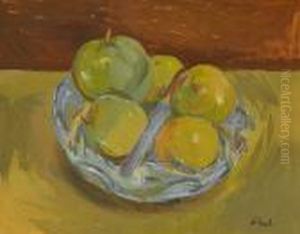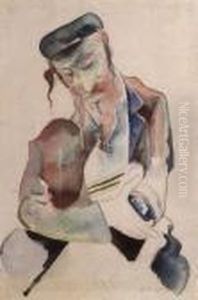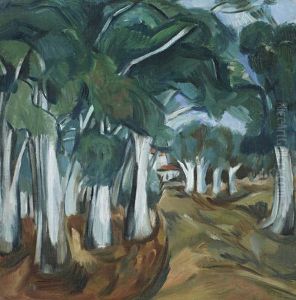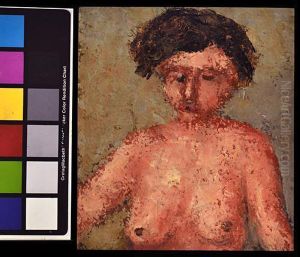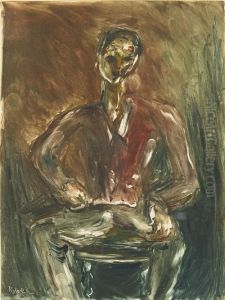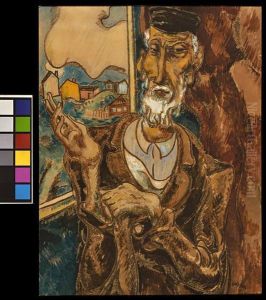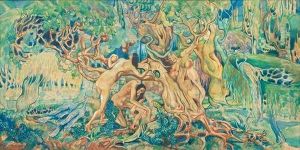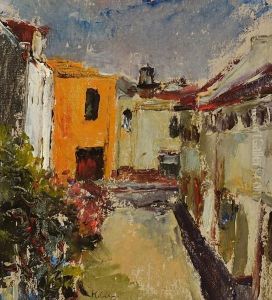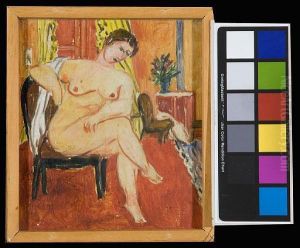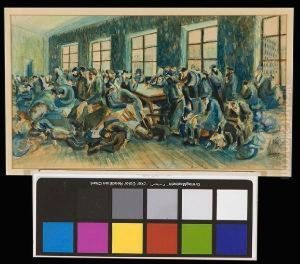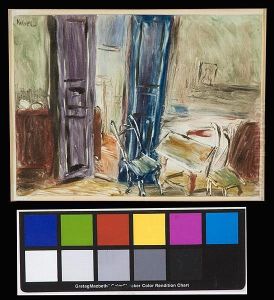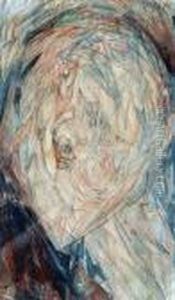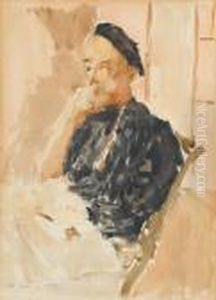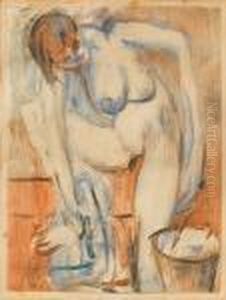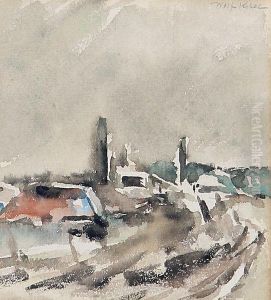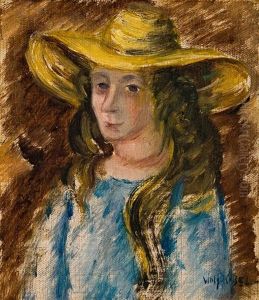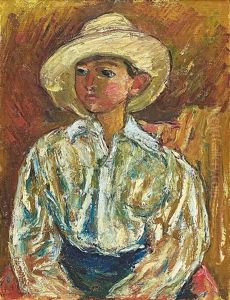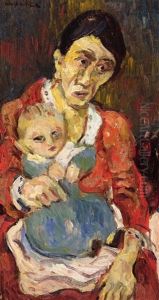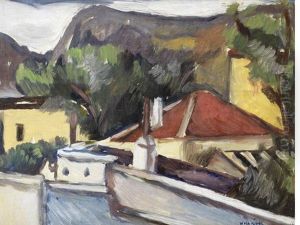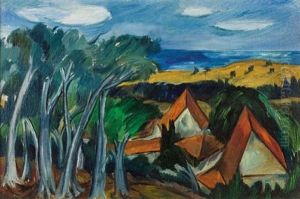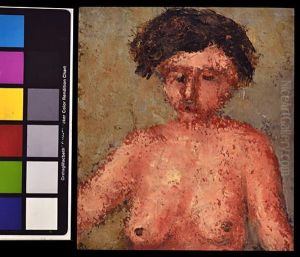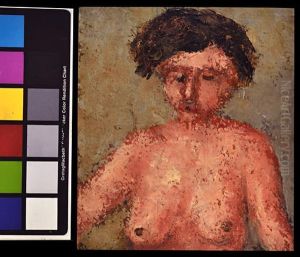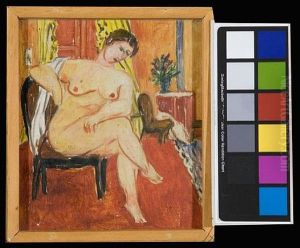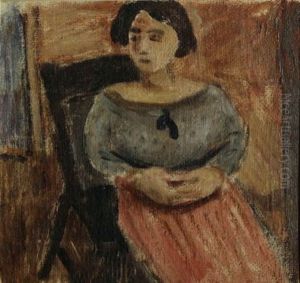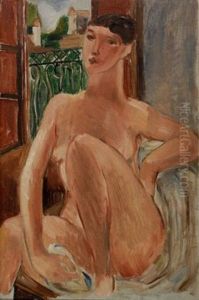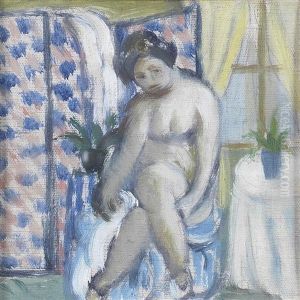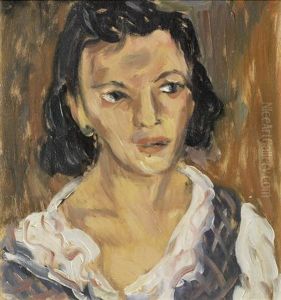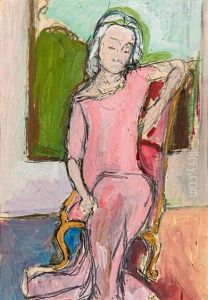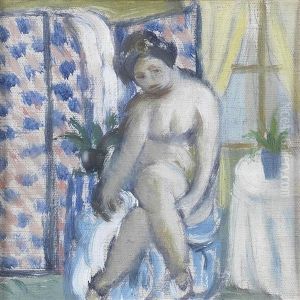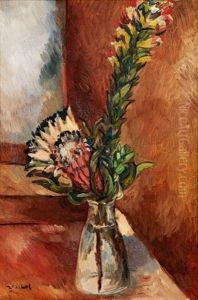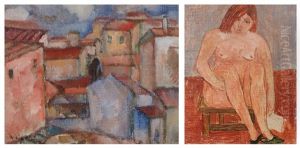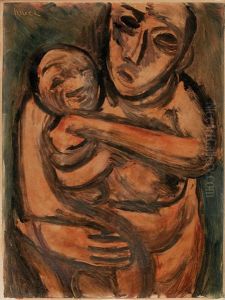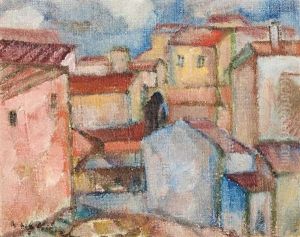Wolf Kibel Paintings
Wolf Kibel was a painter of Russian-Jewish descent, known for his contribution to the Expressionist movement. Born in Zhashkiv, Ukraine, in 1903, Kibel's life was marked by geographic and personal upheavals that profoundly influenced his artistic work.
His family moved to Poland when he was a young boy, and it was there that he began his formal education in art. Despite the challenges posed by World War I and the subsequent political turmoil in Eastern Europe, Kibel's passion for art remained undeterred. In the early 1920s, seeking a more conducive environment for his artistic pursuits, Kibel moved to Berlin, Germany, a city that was then a vibrant hub for avant-garde art.
Berlin's thriving cultural scene proved to be a significant influence on Kibel's work. He immersed himself in the city's artistic community, experimenting with various styles and techniques. It was during this period that Kibel began to develop his unique approach to Expressionism, characterized by bold colors, dynamic compositions, and a profound sense of emotionality. His paintings from this era often depicted the struggles and hardships of the common people, reflecting his empathy for their plight and his own experiences of displacement and loss.
However, the rise of the Nazi regime and its oppressive policies towards artists deemed 'degenerate' forced Kibel to flee Germany. In 1936, he emigrated to South Africa, hoping to find peace and a new audience for his work. South Africa brought new inspirations and challenges. Kibel's work during this period began to reflect a blend of African influences and his established Expressionist style, showcasing his adaptability and creative resilience.
Tragically, Wolf Kibel's life was cut short when he died in Cape Town in 1938 at the age of 35. Despite his brief career, Kibel left behind a body of work that continues to be celebrated for its intensity, emotional depth, and artistic innovation. His legacy is that of an artist who, through his profound understanding of human suffering and resilience, was able to transcend his own turbulent life to create art that speaks to universal themes of struggle, hope, and the enduring human spirit.
